ASUS GeForce RTX 3060 TI ROG Strix Gaming OC
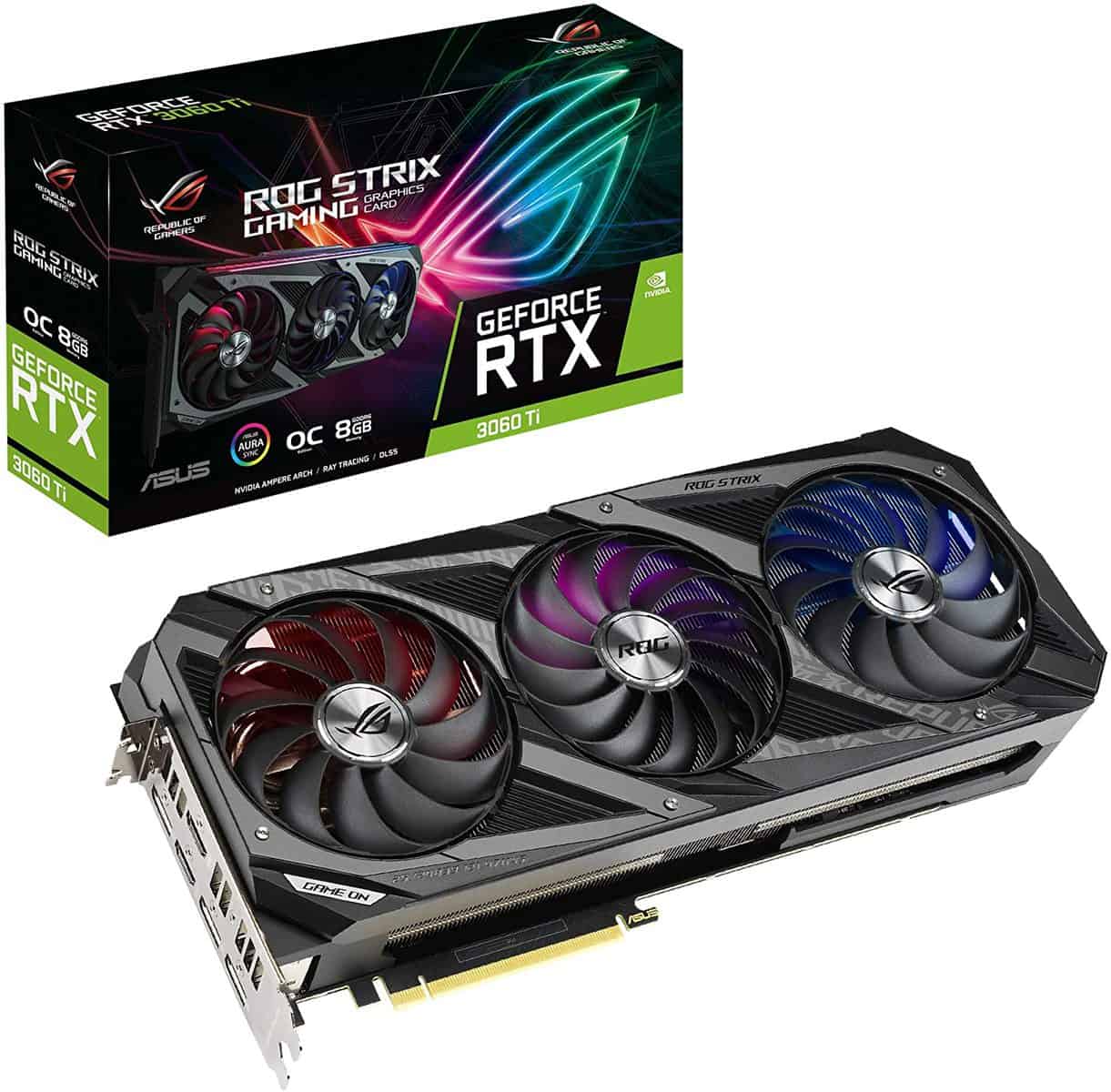
Excellent aesthetic design
Great cooling solution
High boost clock speed
On the higher end of the price spectrum
Mid to high how much difference can there be?
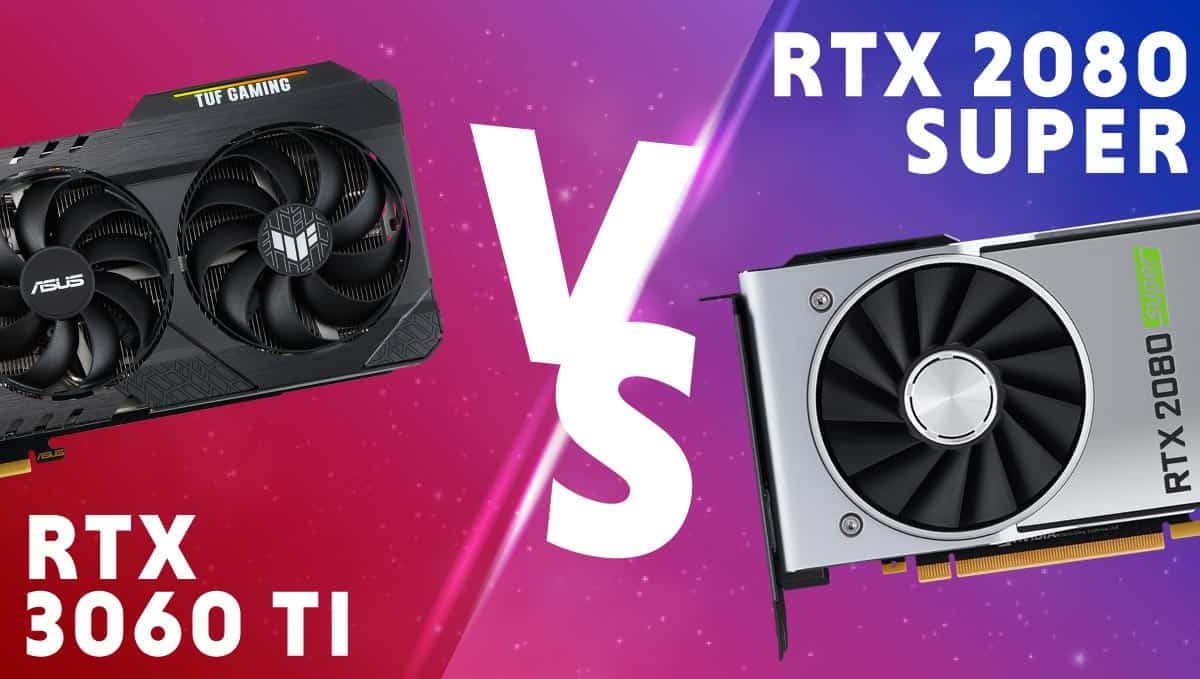
WePC is reader-supported. When you buy through links on our site, we may earn an affiliate commission. Prices subject to change. Learn more
For another generational comparison, we look at the Nvidia RTX 3060 Ti vs RTX 2080 Super. You might be looking at trying to save a bit of money buying older compared to the new.
Or you want to know how much better the newer generation is compared to the previous so we have you covered. We see which card is the better graphics card.
There are some generational differences between the two so there can be some surprising results. Especially considering the 2080 Super released one of the leading 20 series cards.
Coming out later in the generation in July 2019. Whilst the 3060 Ti is more low-end to the midsection of its generation. Coming out in December 2020 just a few months after the initial choice. We now take a close look at what differs between them.

Excellent aesthetic design
Great cooling solution
High boost clock speed
On the higher end of the price spectrum
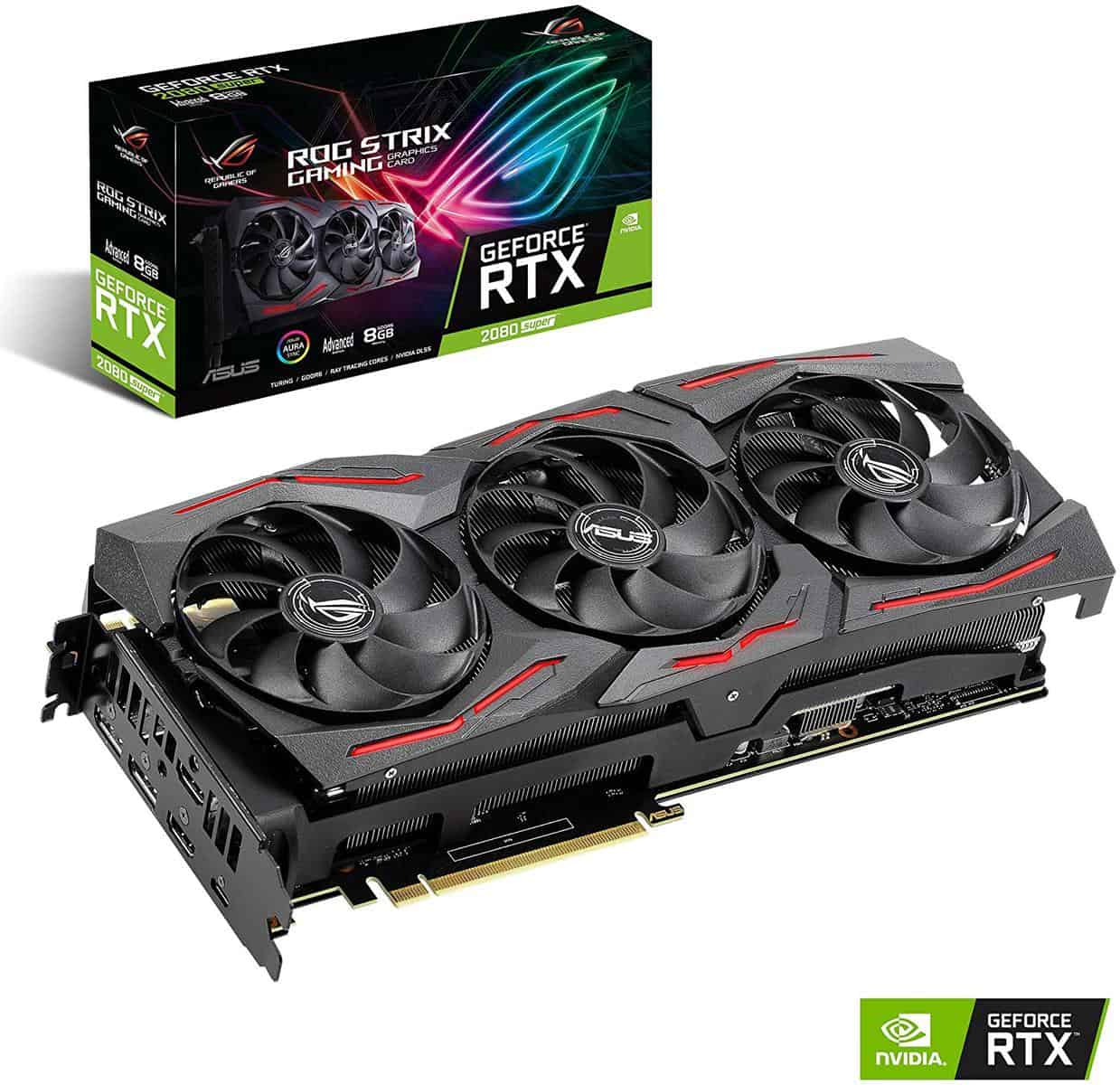
Simple and stylish black design
Great performance
Expensive and no water cooling
One of the key differences between the two is the generational architecture change. The change in how the GPU dies are created and work together makes the core difference.
Whilst also aiming to improve on what it already provides although it can be hard to provide a direct comparison when it is different.
With that, we have the RTX 3060 Ti created with a GA104-200 chip. Created on the Ampere architecture with Samsungs 8 nm process. It creates a die 392 mm² in size with 17.4 billion transistors.
Whilst the 2080 Super is made with the TU104-450 GPU. Based on the Turing architecture created with TSMCs 12 nm process creating a die 545 mm² in size with 13.6 billion transistors.
| RTX 3060 Ti | RTX 2080 Super | |
|---|---|---|
| GPU | GA104-200 | TU104-450 |
| Shaders | 4,864 | 3,072 |
| RT cores | 38 | 48 |
| TMUs | 152 | 192 |
| Memory | 8 GB GDDR6 | 8 GB GDDR6 |
| Base clock | 1,410 MHz | 1,650 MHz |
| Boost clock | 1,665 MHz | 1,815 MHz |
| Memory clock | 14 Gbps | 15.5 Gbps |
| Card bus | PCIe 4.0 x16 | PCIe 3.0 x16 |
| Memory bandwidth | 448.0 GB/s | 495.9 GB/s |
| TDP/TBP | 200 W | 250 W |
There are more comparable parts we also can look at. We see how well the two compare in areas that are more standard across generations and how they can affect the performance.
The graphics die is split into different sections called cores. These are specialized in different areas of graphics creation and so work together to create the scenes you see.
In particular, we have shaders creating shadows and shading. With RT cores calculating real-time ray tracing and TMUs making 3D objects from bitmaps.
So when comparing the 3060 Ti vs 2080 Super we can analyze the differences in their counts. Although the difference in architectures and optimizations may mean it’s not a one-to-one comparison.
We see the 30 series take lead in shaders with nearly 1,800 more but that is likely the architectures quirk. As the 20 series card has a much higher count of RT cores and TMUs.
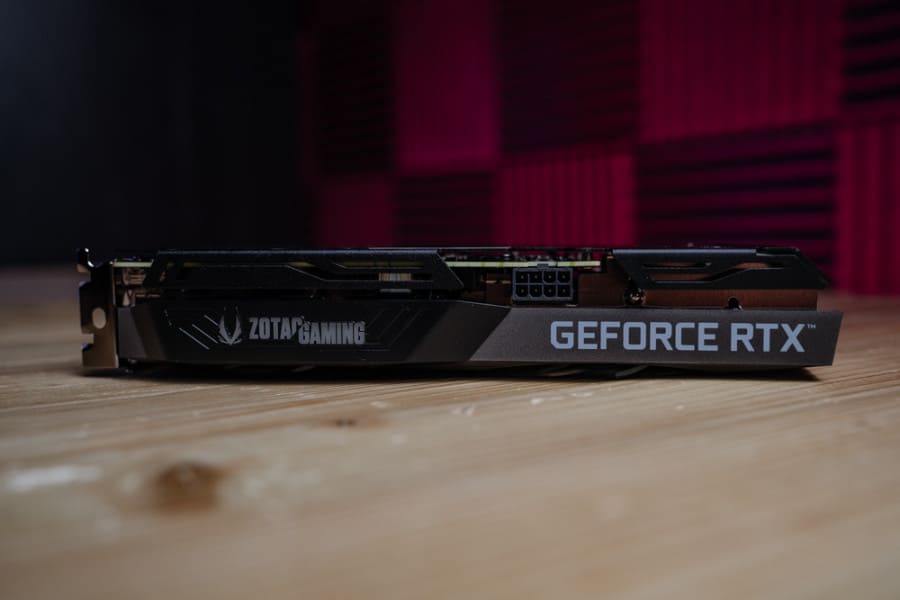
VRAM is the video random access memory. It is utilized as a frame buffer and storage for pixels. Helping to create a smoother experience as well as enabling higher resolutions to function properly with their larger pixel numbers. Improving the functionality and performance of the card.
Between the two graphics cards, there is no difference in type and capacity of memory. Although will vary in the clock and bandwidth overall. With 8 GB of GDDR6 memory on both of the graphics cards.
They also use the same 256-bit bus offering the same opportunities for both. But they are clocked differently with the 3060 Ti only at 14 Gbps with a bandwidth of 448 GB/s. Whilst the 2080 Super is faster at 15.5 Gbps with a bandwidth of 495.9 GB/s.
Clock/cyle rate is how often the silicon crystal flips. Which is a process of how it processes instructions and creates the scenes you see. As one of the factors to performance, it is a factor used for overclocking to push your card further.
Although other times the newer generation offers faster speeds it’s not the case for this comparison. Whereas the 2080 Super has a base clock of 1,650 MHz and a boost clock of 1,815 MHz. Versus the base clock of 1,410 MHz and a 1,665 MHz boost clock of the 3060 Ti.
TDP is the total amount of power the card can utilize under maximum load. It can give an approximation of the electricity consumption of your card.
As well as how much energy the card will give off and dissipate to the rest of the system. Between the two graphics cards, there is some difference. The 2080 Super has a 50 W higher rating than the 3060 Ti at 250 W. Using more energy and running hotter.
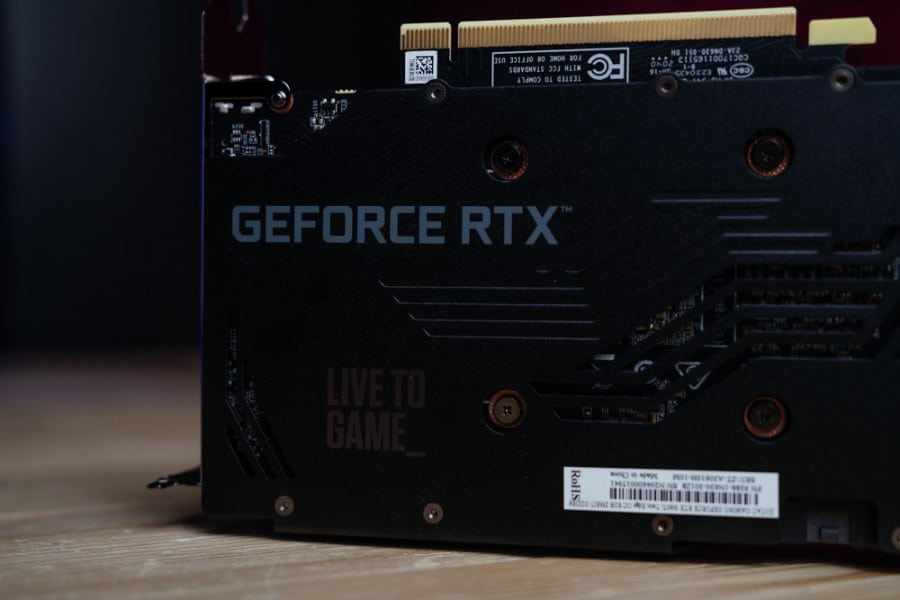
The bus interface of a card is the connector between it and the motherboard. It is based on the PCIe standard provided by the PCI-SIG organization.
GPUs take time to adopt new iterations and it has changed between the two generations. The 20 series uses third-gen whilst the 30 series uses the fourth generation.
Both still use a full x16 lanes and so the maximum throughput of the standard. With each generation the throughput available doubles and so we find the same for the change between the two cards.
Increasing from 15.754 GB/s on the 2080 Super to 31.508 GB/s on the 3060 Ti which gives it the opportunity to provide more performance.
One useful benchmark is the 3DMark GPU benchmark. Giving a graphics score for a pure comparison. Where we find the 3060 Ti achieves a score of 11,700 with a price-to-performance ratio of 29.
Whilst the 2080 Super just follows behind with a score of 11,584 and a ratio of 16.
For gaming benchmarks, we turn to Tom’s Hardware 3060 Ti review. Where we see the performance where it matters most. And we see the 3060 Ti take the lead across the resolutions.
With a minimal gap closing in at the higher resolutions. We see it average five FPS higher at 1080p, four FPS at 1440p, and three FPS at 4k.
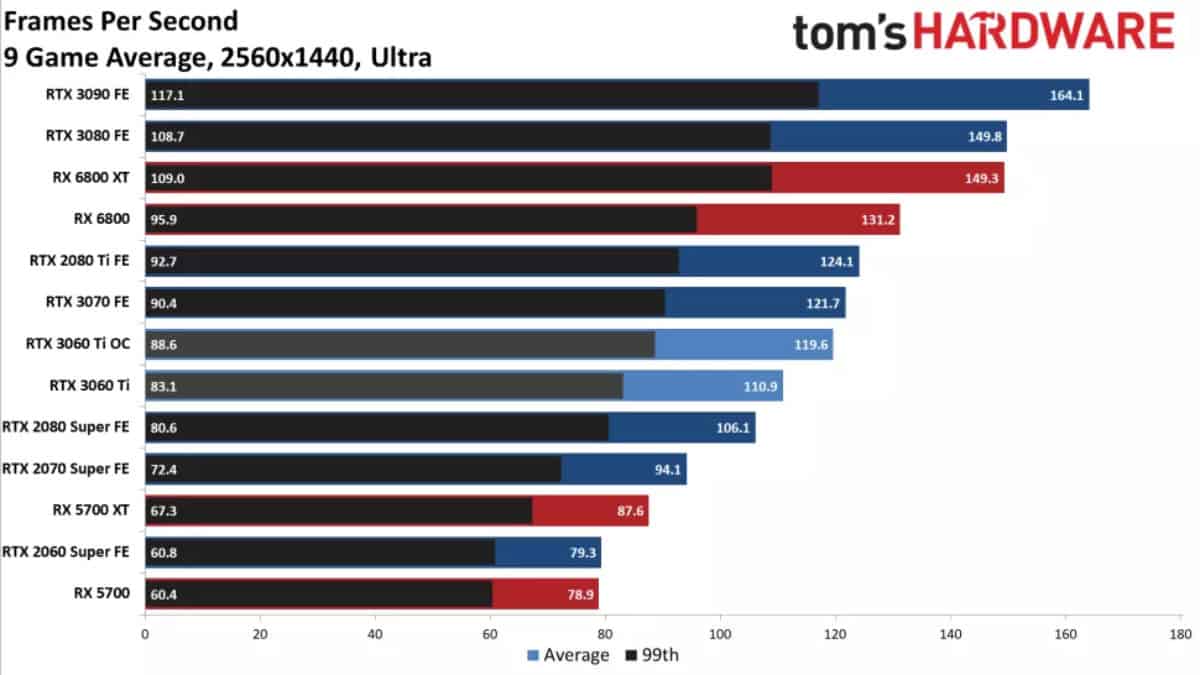
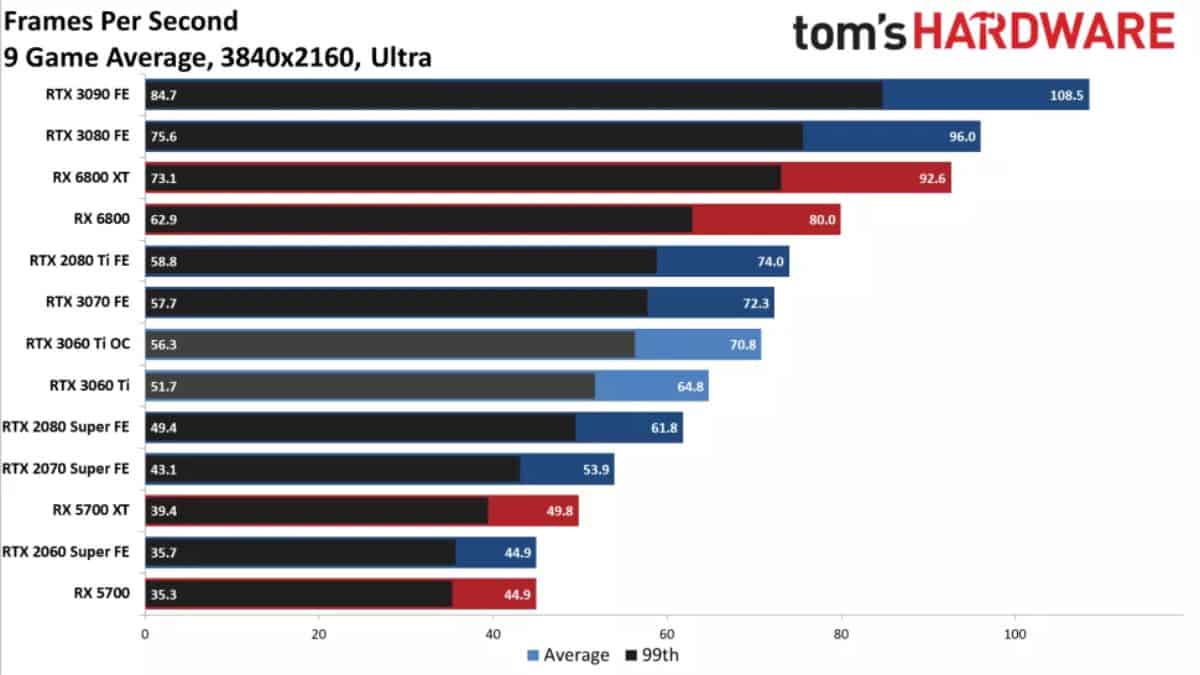
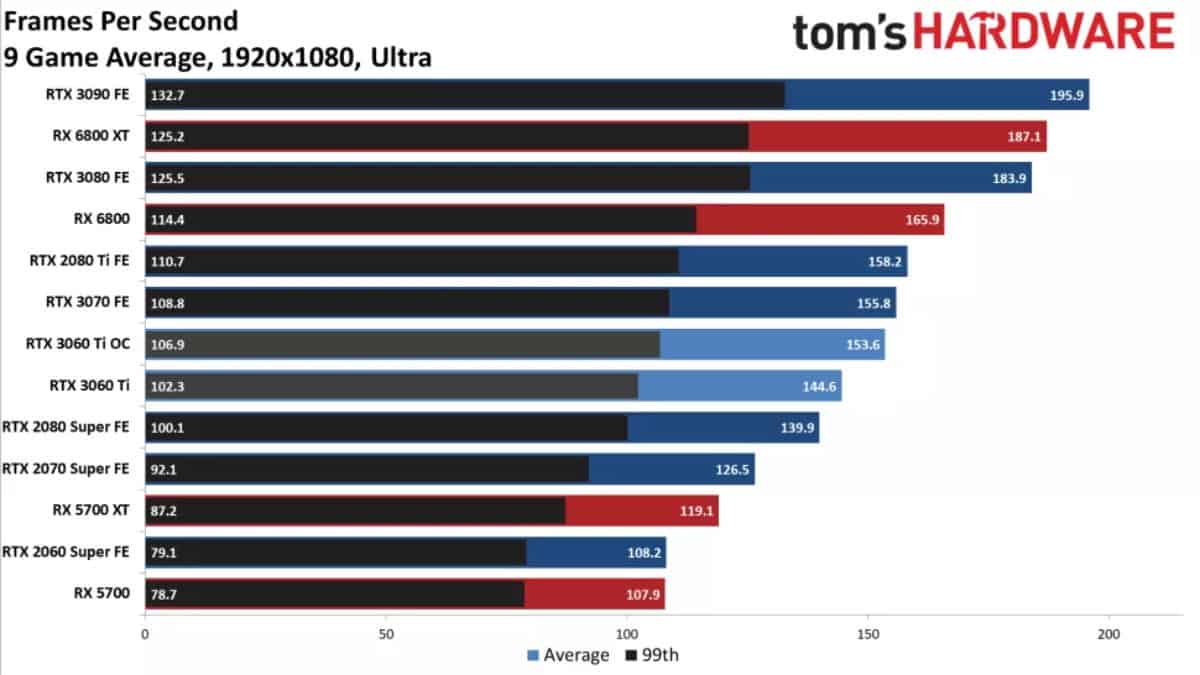
We then take a look at the launch price comparison between the two cards. With the RTX 2080 Super launched with an MSRP of $699.
Whilst the RTX 3060 Ti had a lunch price of $399. Just above half the price of the older selection.
Although it can be hard to find either of those for that price currently. With the market recovering from a shortage prices have been returning to MSRP.
However, there are still discrepancies between the more popular cards and the harder availability of older cards. So we find the 3060 Ti for a minimum of $499.99, $100 more than it should. Whilst the 2080 Super can be found for at least $625 but refurbished.
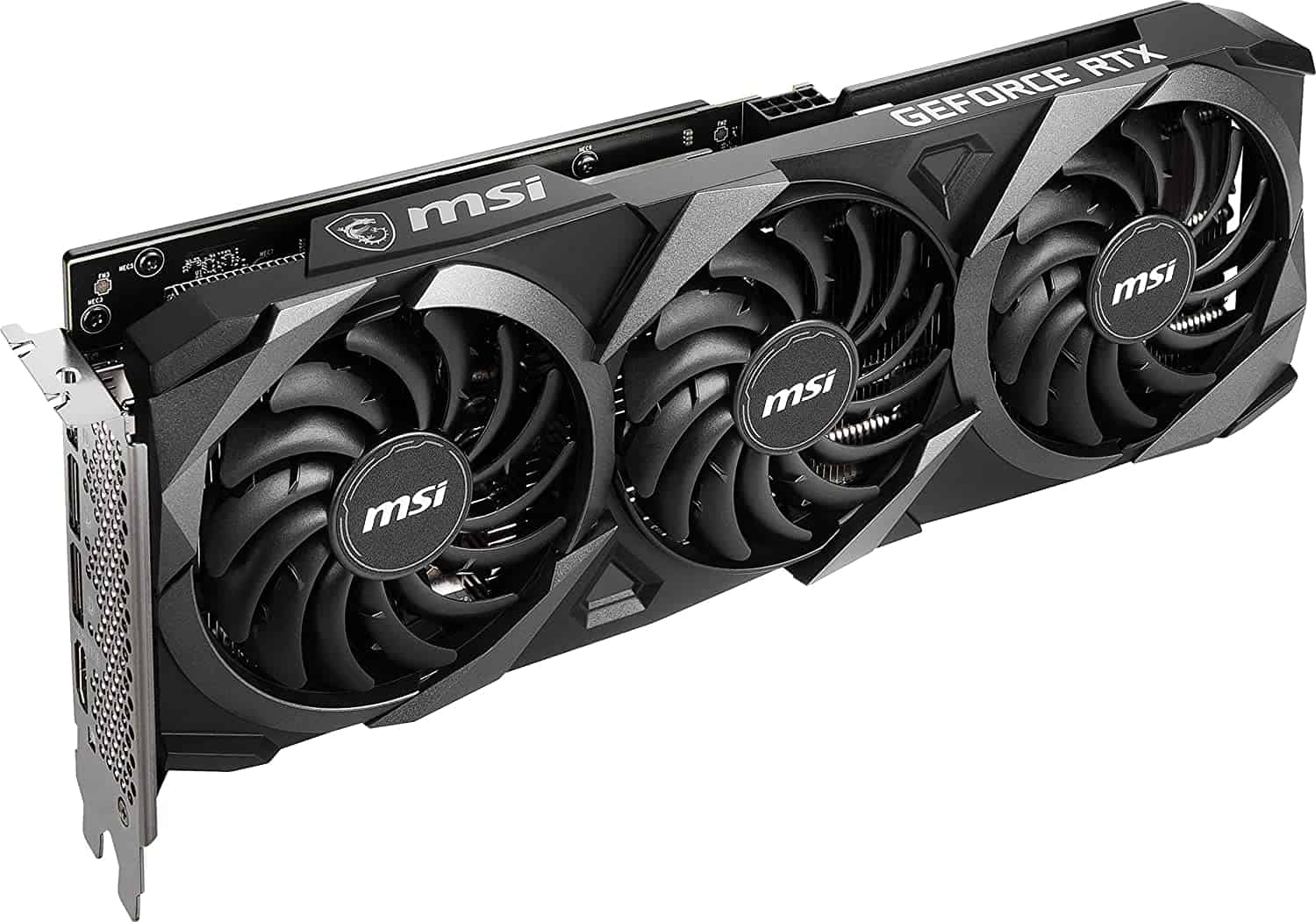
Stylish, gaming aesthetics
Strong materials and build design
High-end cooling solution
On the expensive side
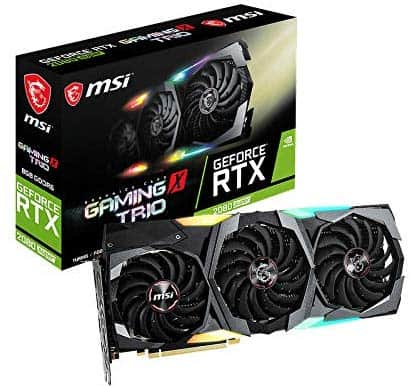
Great design with RGB lighting
Solid cooling system
No water cooling
Between the RTX 3060 Ti vs RTX 2080 Super, there is a clear choice. The 30 series card offers the same performance if not slightly improved for a lower price.
Along with newer hardware and features. And it can be easier to find new this day.
Although if you were in need of a new card there are a few more options coming soon. With the Intel Arc range expected to go worldwide in the Summer.
As well as the Nvidia Ada series and AMD Radeon RDNA 3 series expected in the second half of 2022. So it might be worth the wait for better options or discounts on the current generation.
Comparing the benchmarks, we see the 3060 Ti just inch ahead by 1% past the 2080 Super. Whilst in gaming it leads between 3-5FPS across all resolutions.
In fact, the 3060 Ti has lower clock rates than the 2080 Super. The base clock is in fact 15% lower, while the boost clock is only 8% lower. This doesn’t detract from the overall performance of the card though as it leads in other areas.